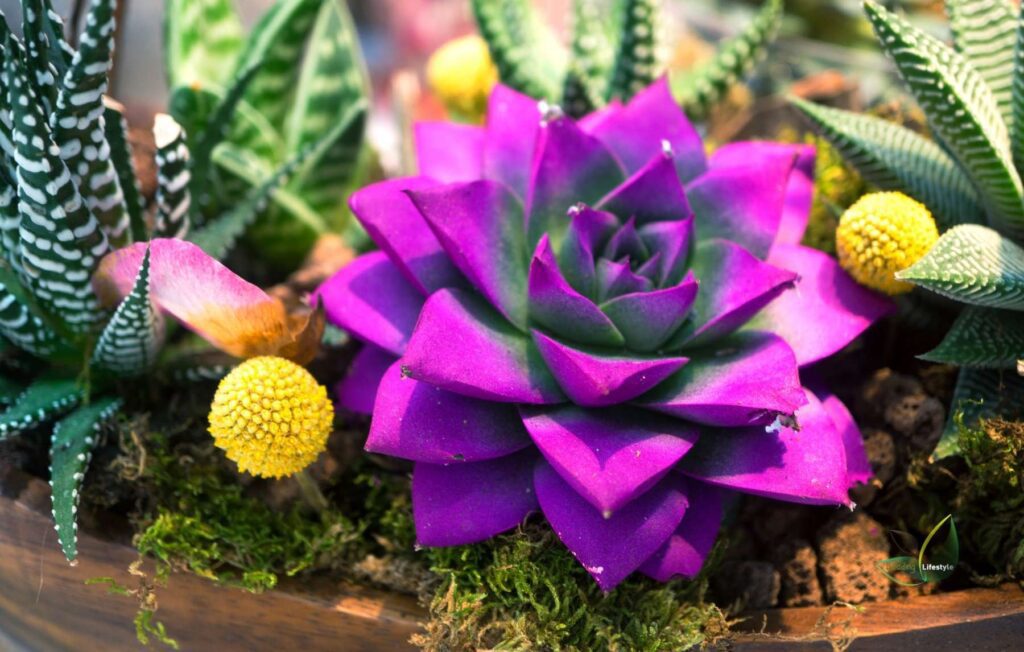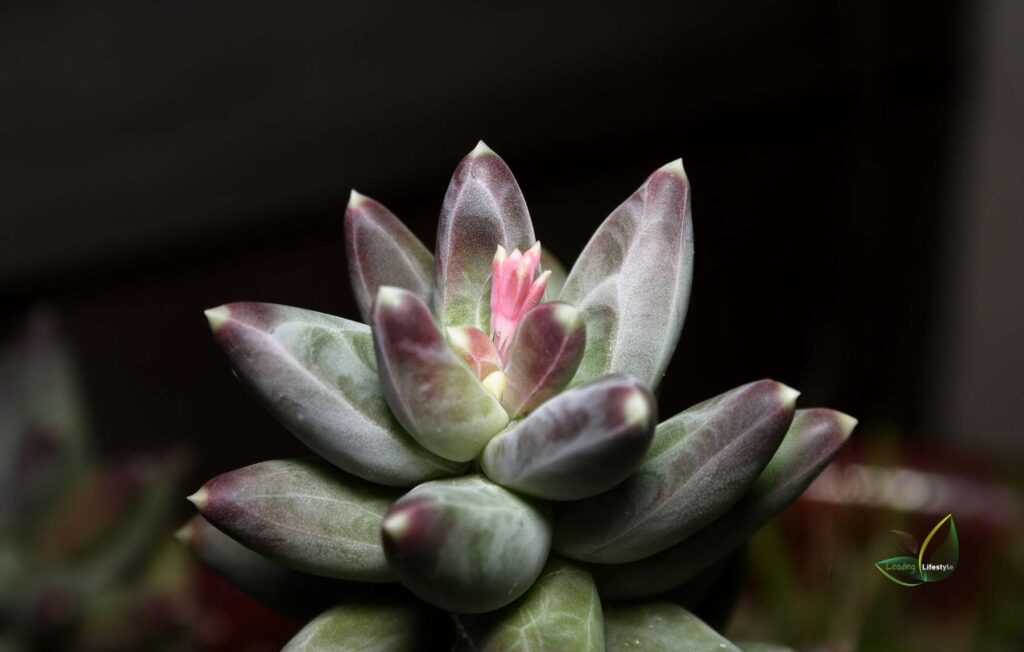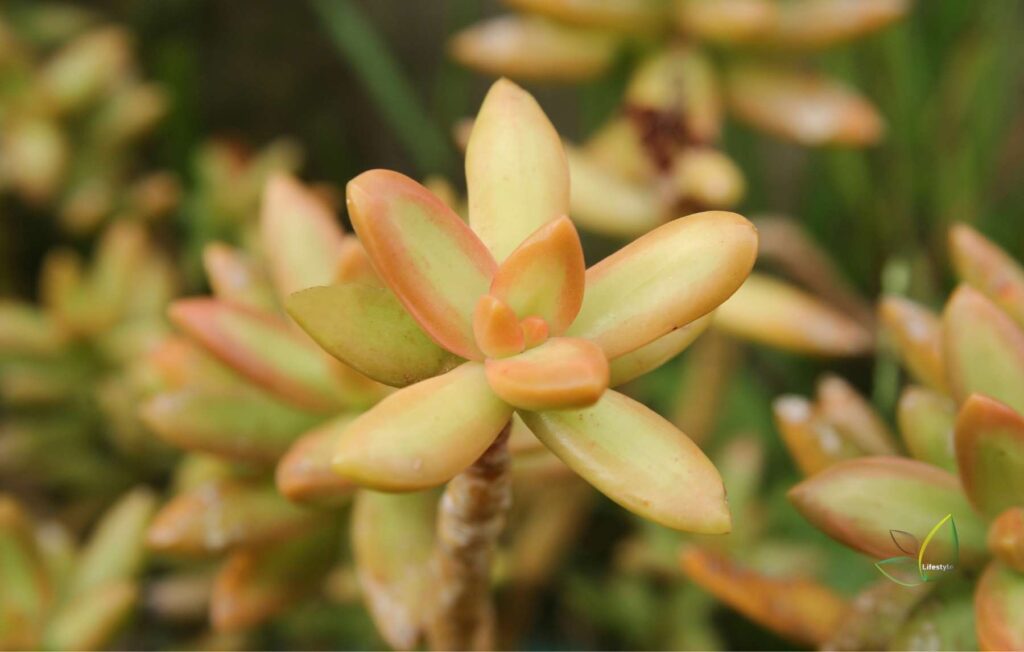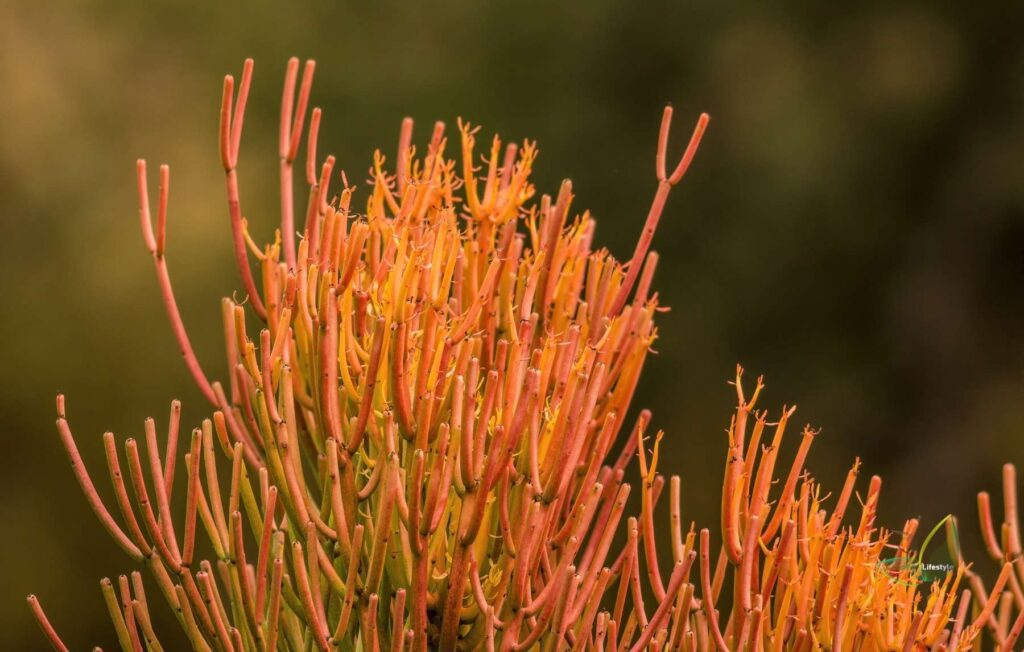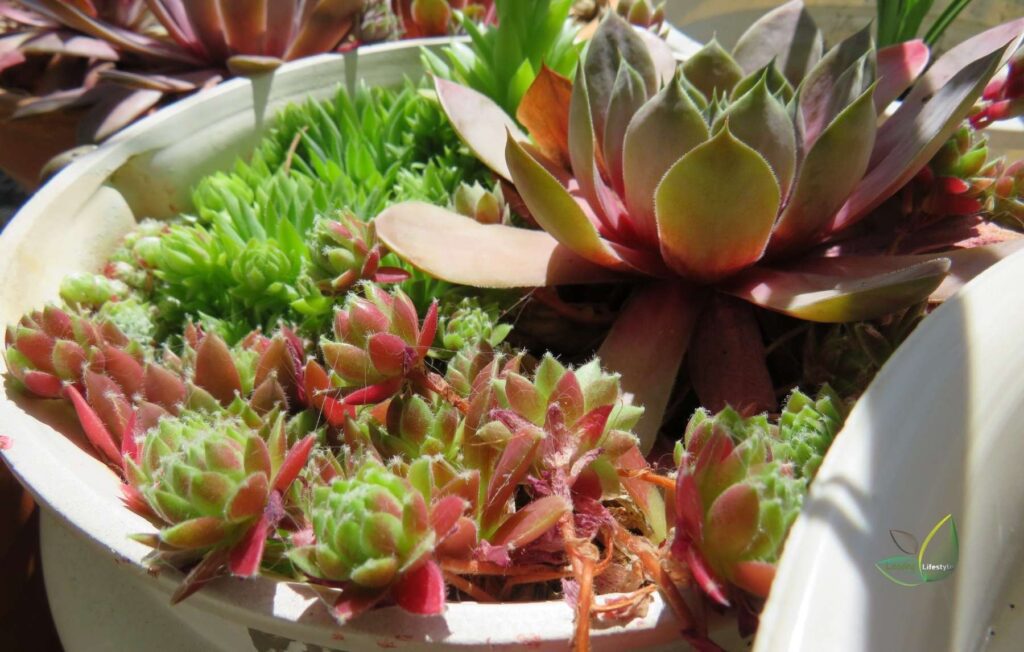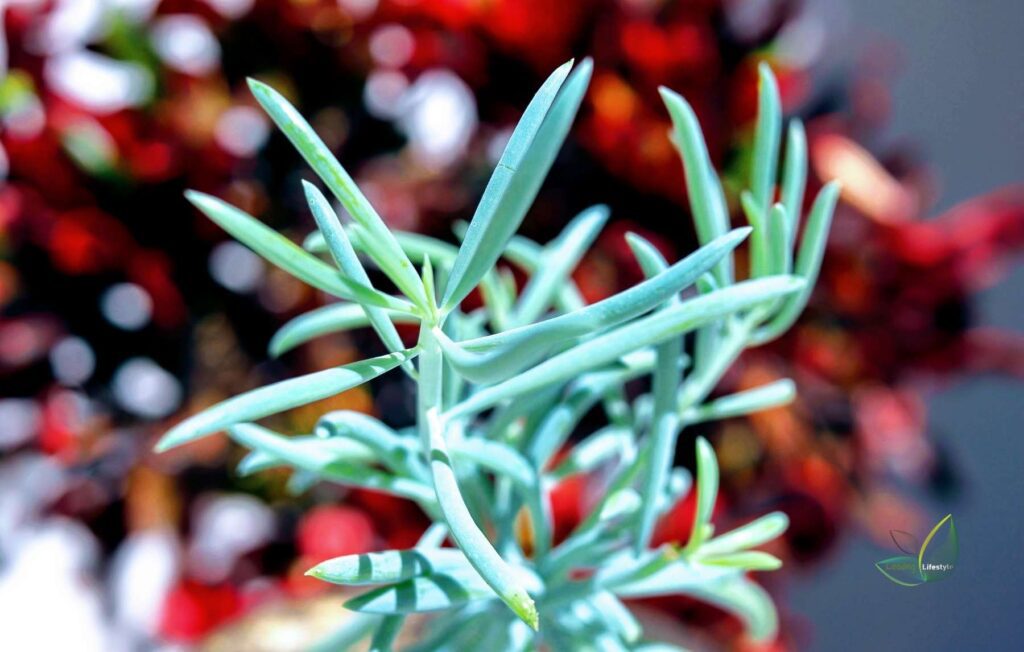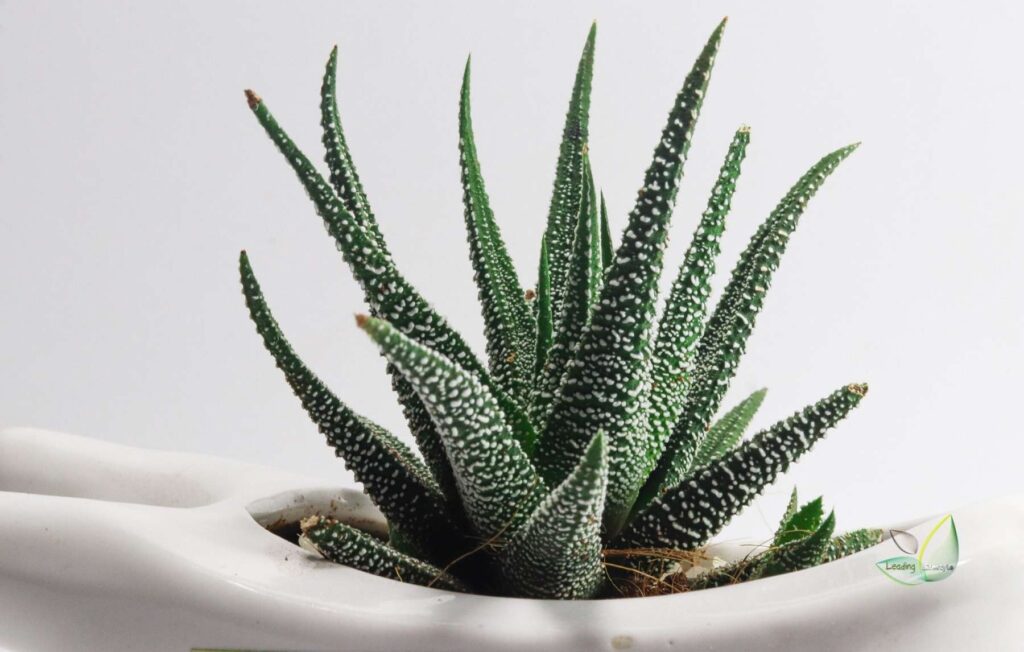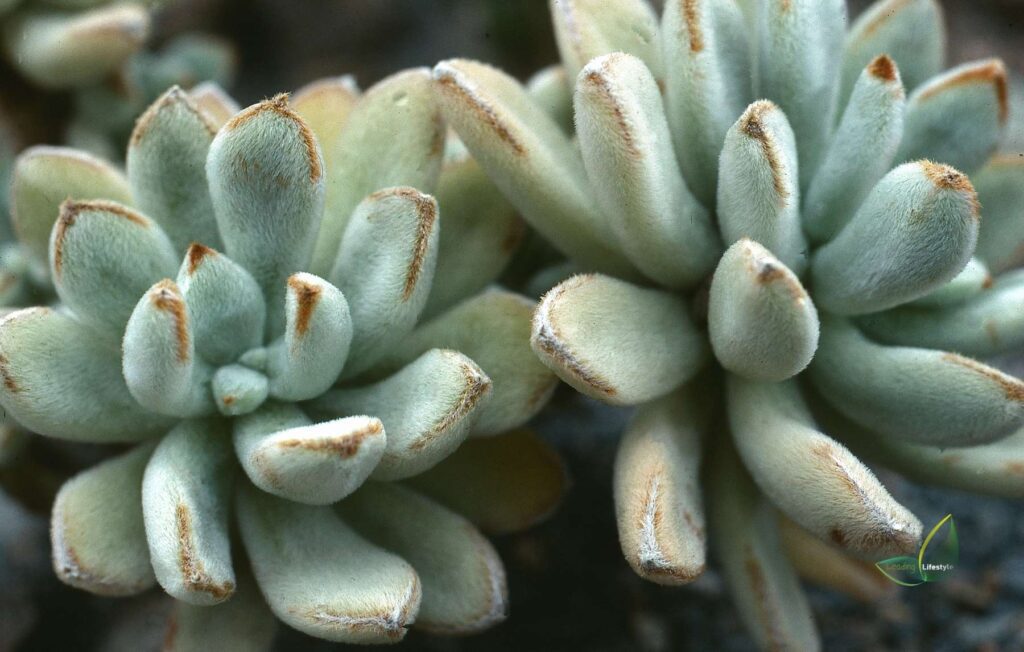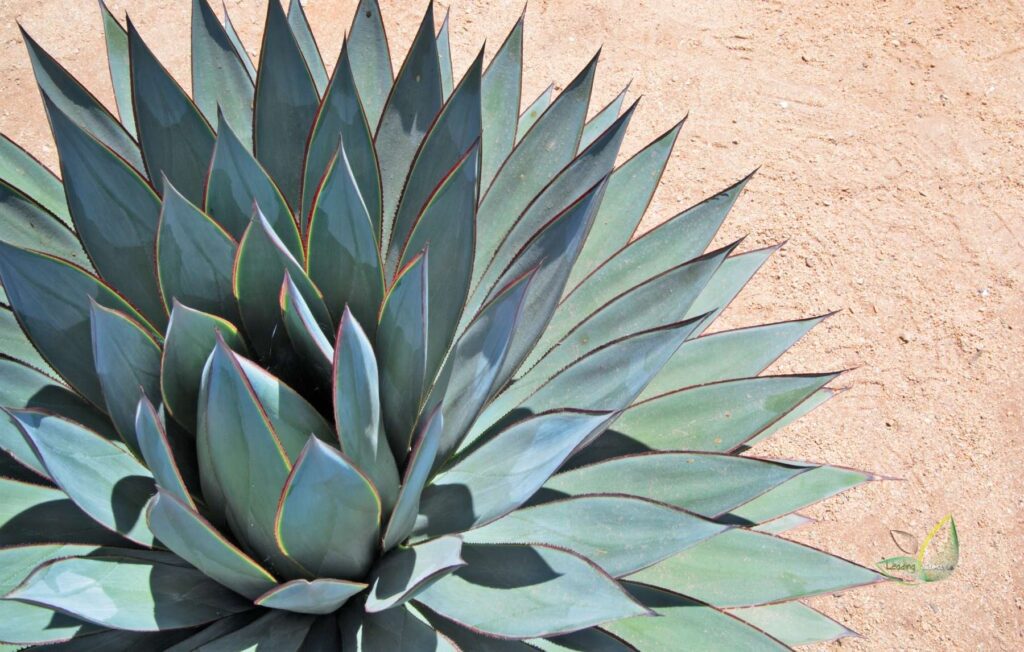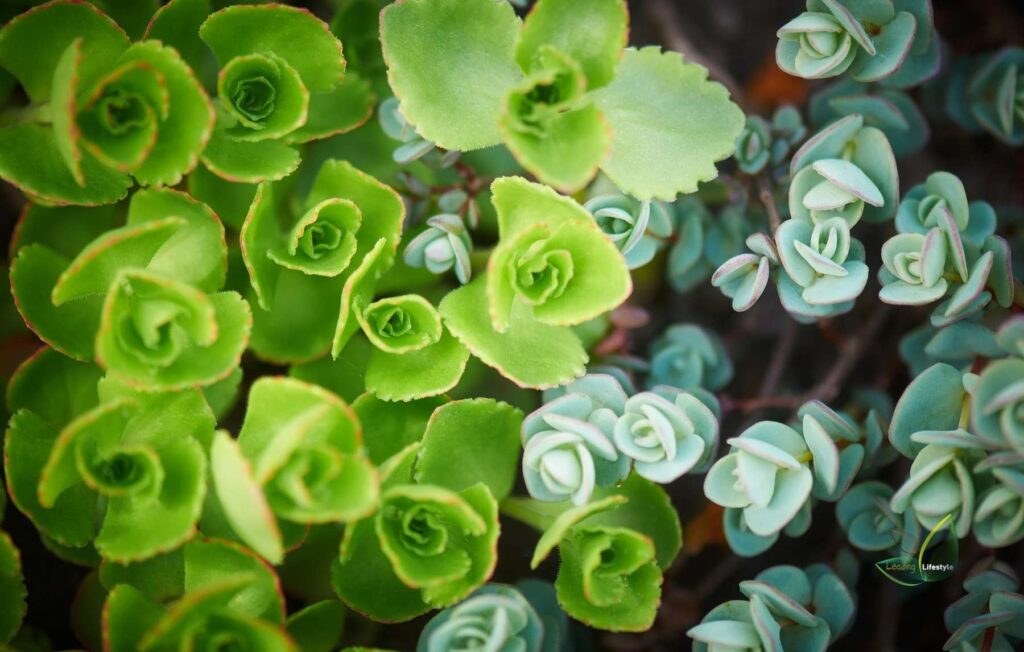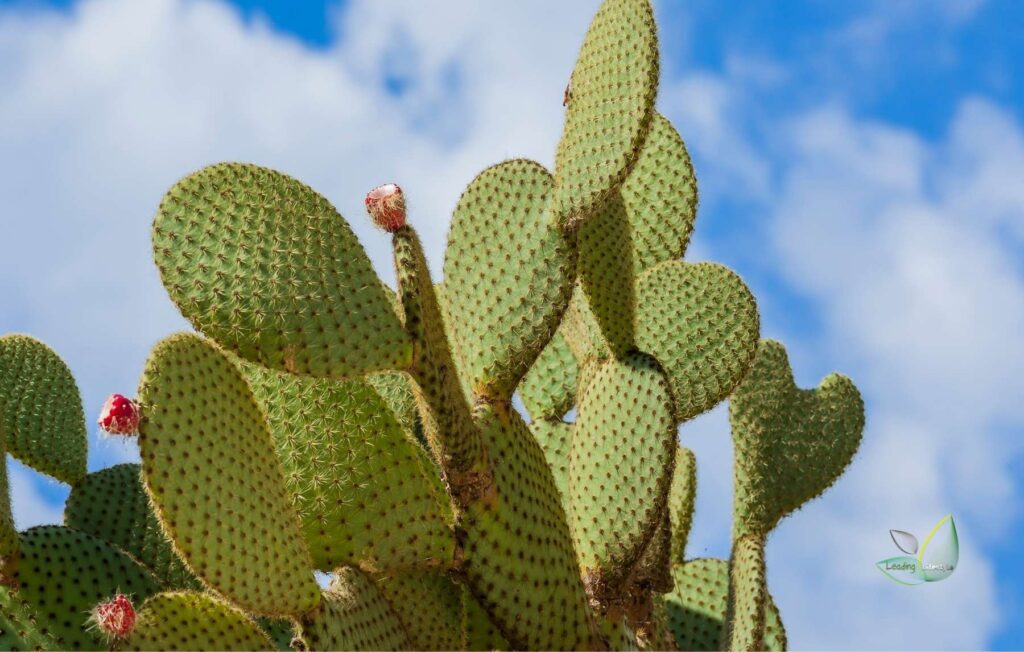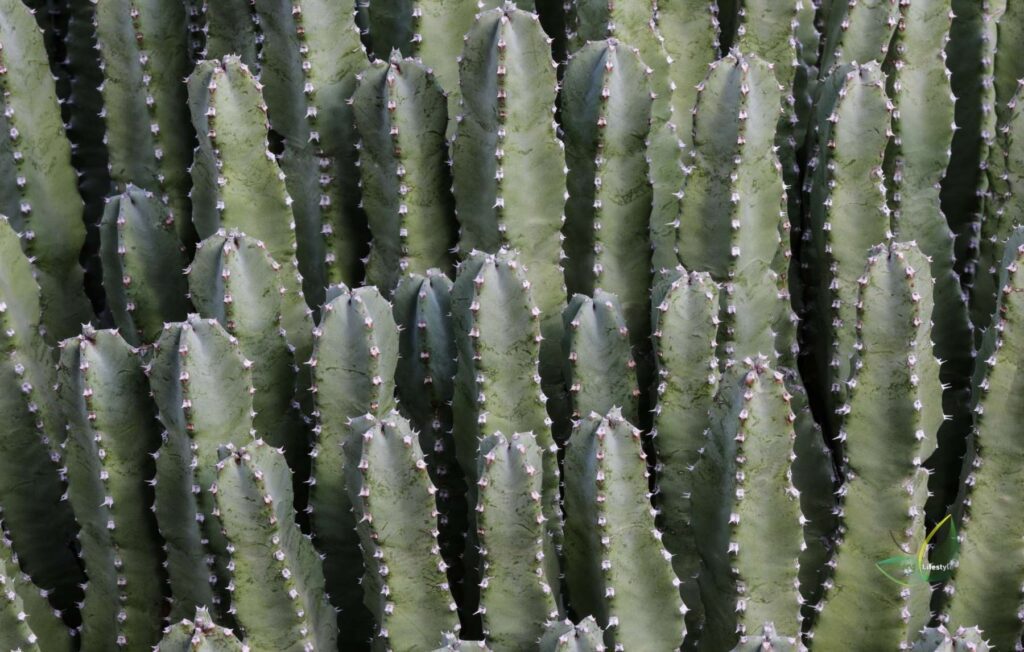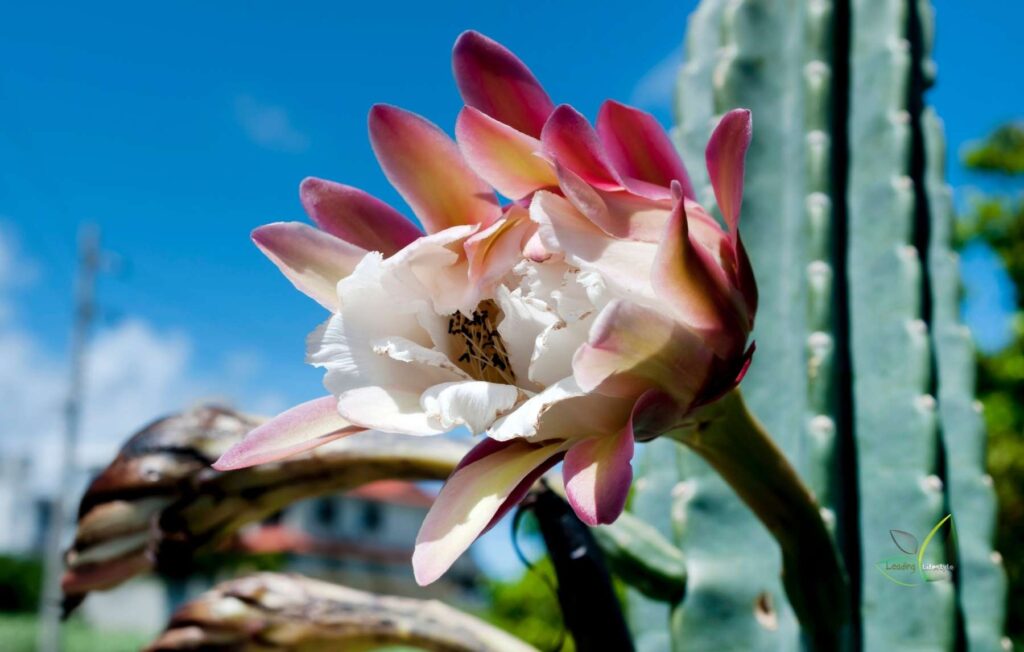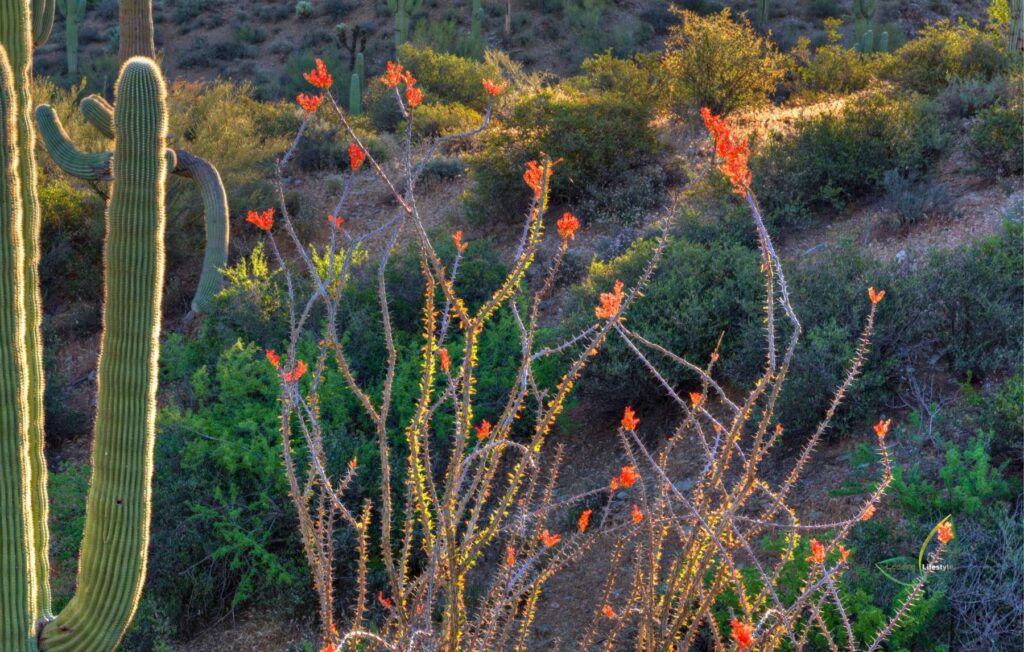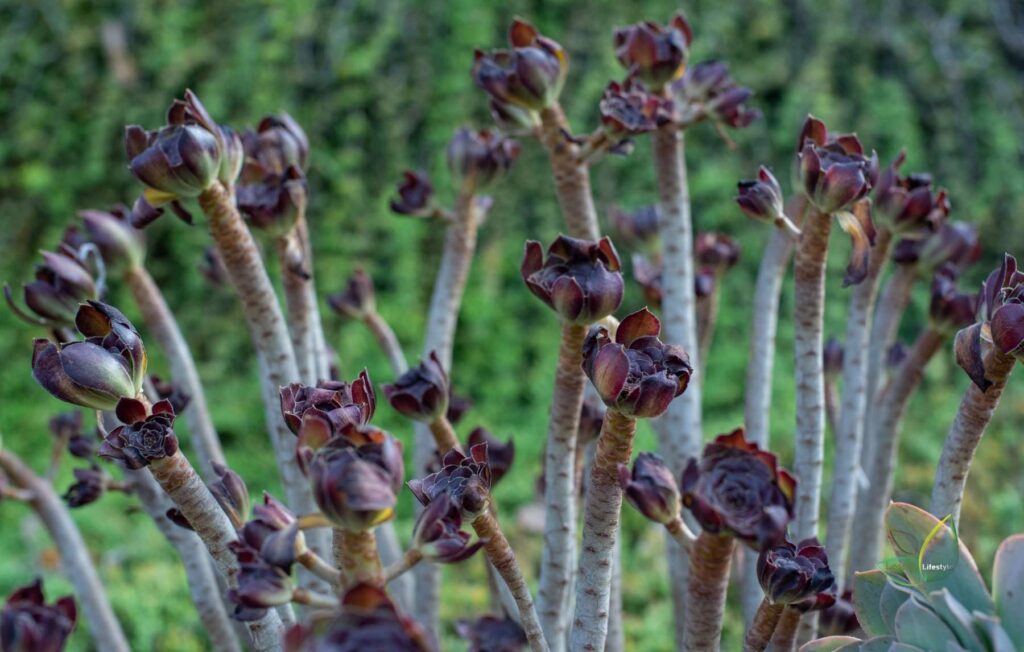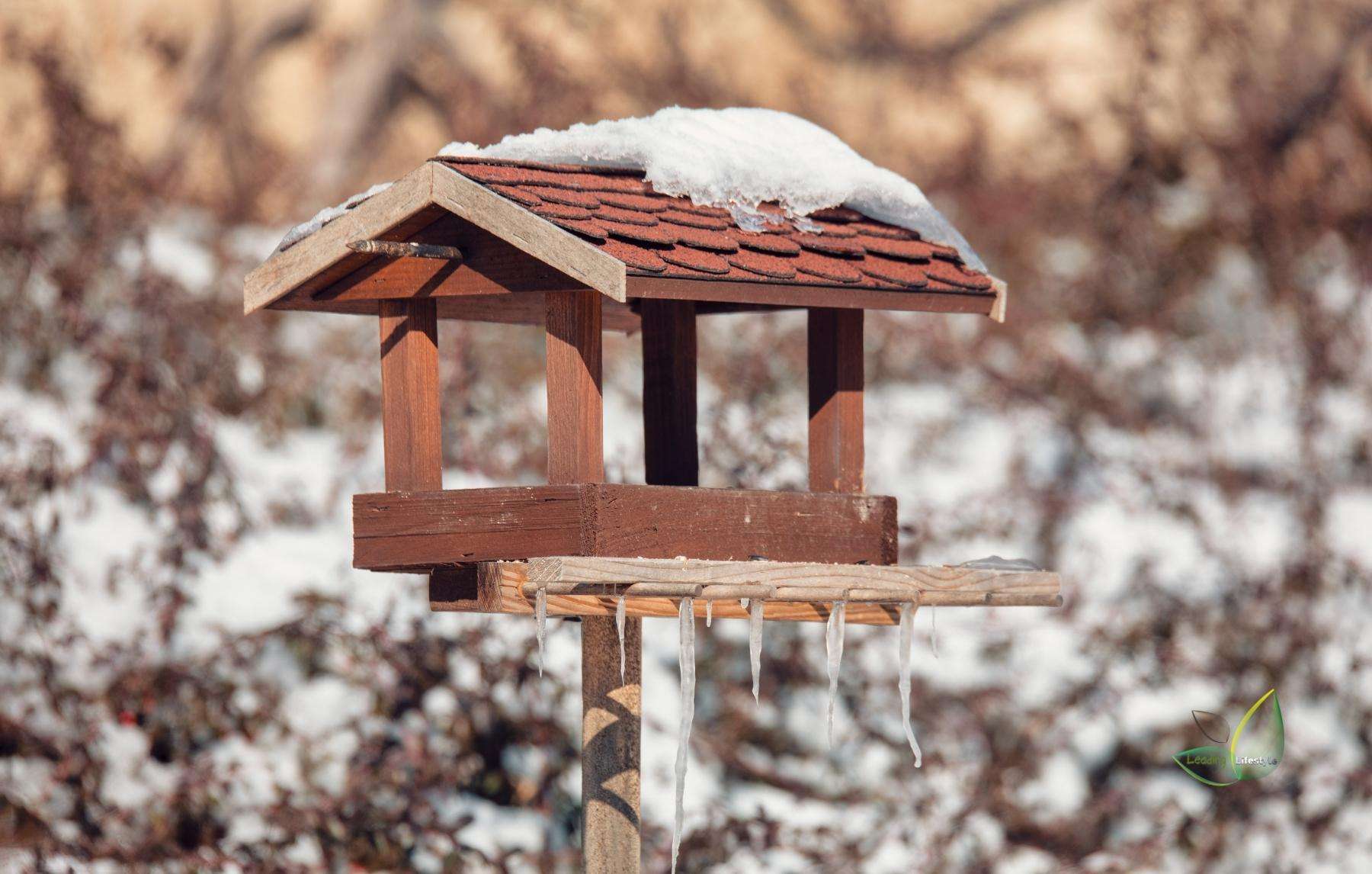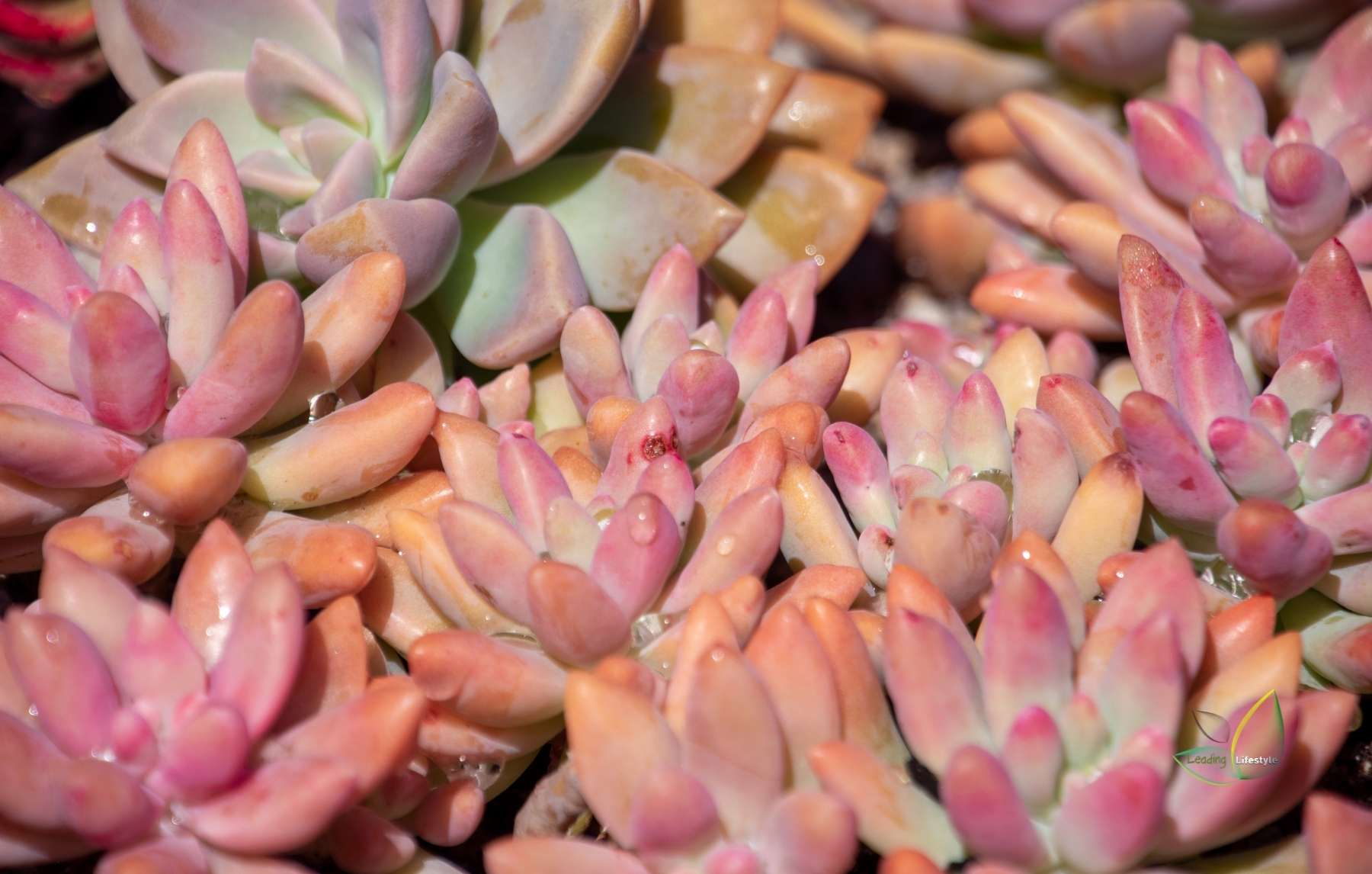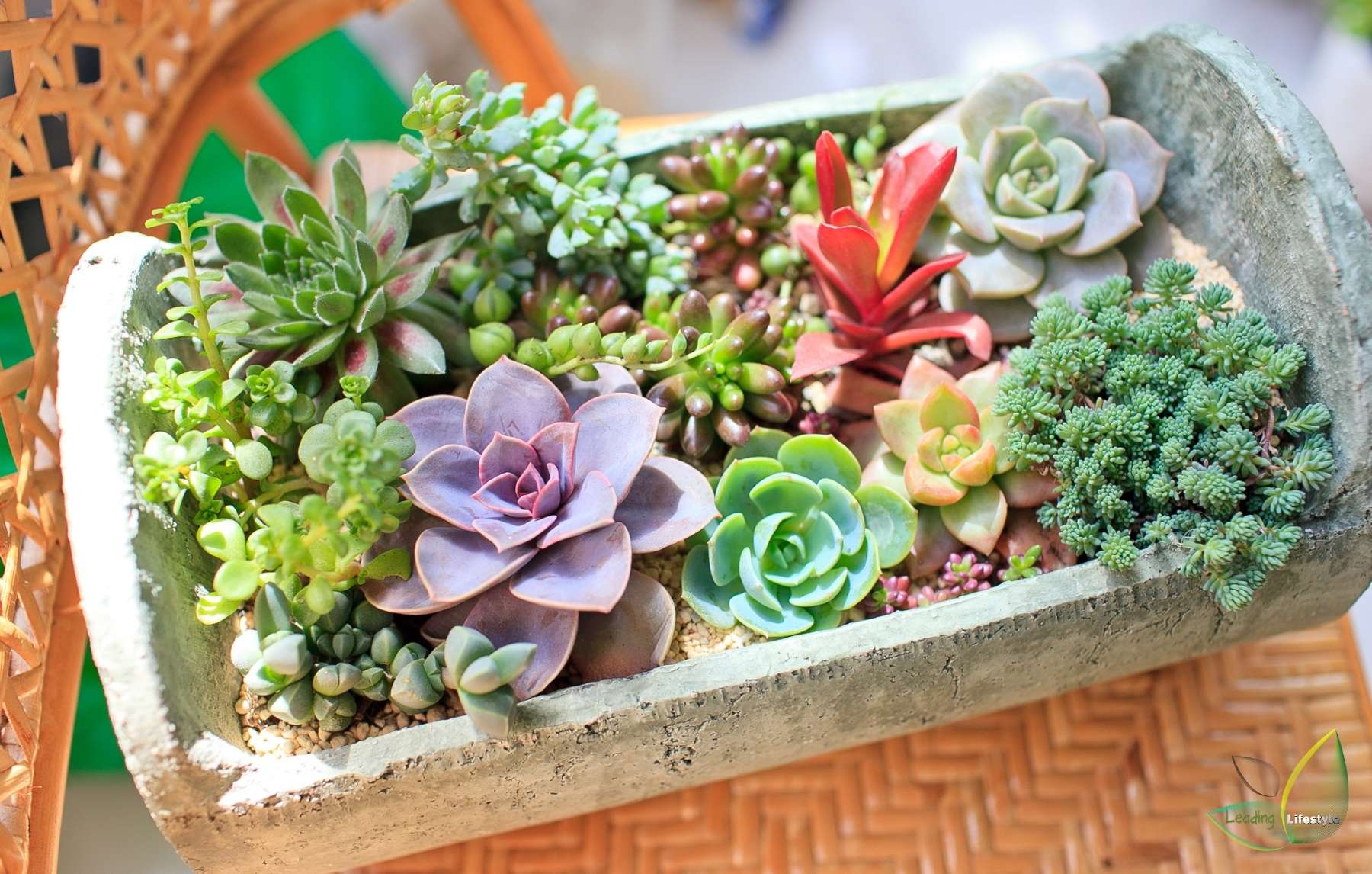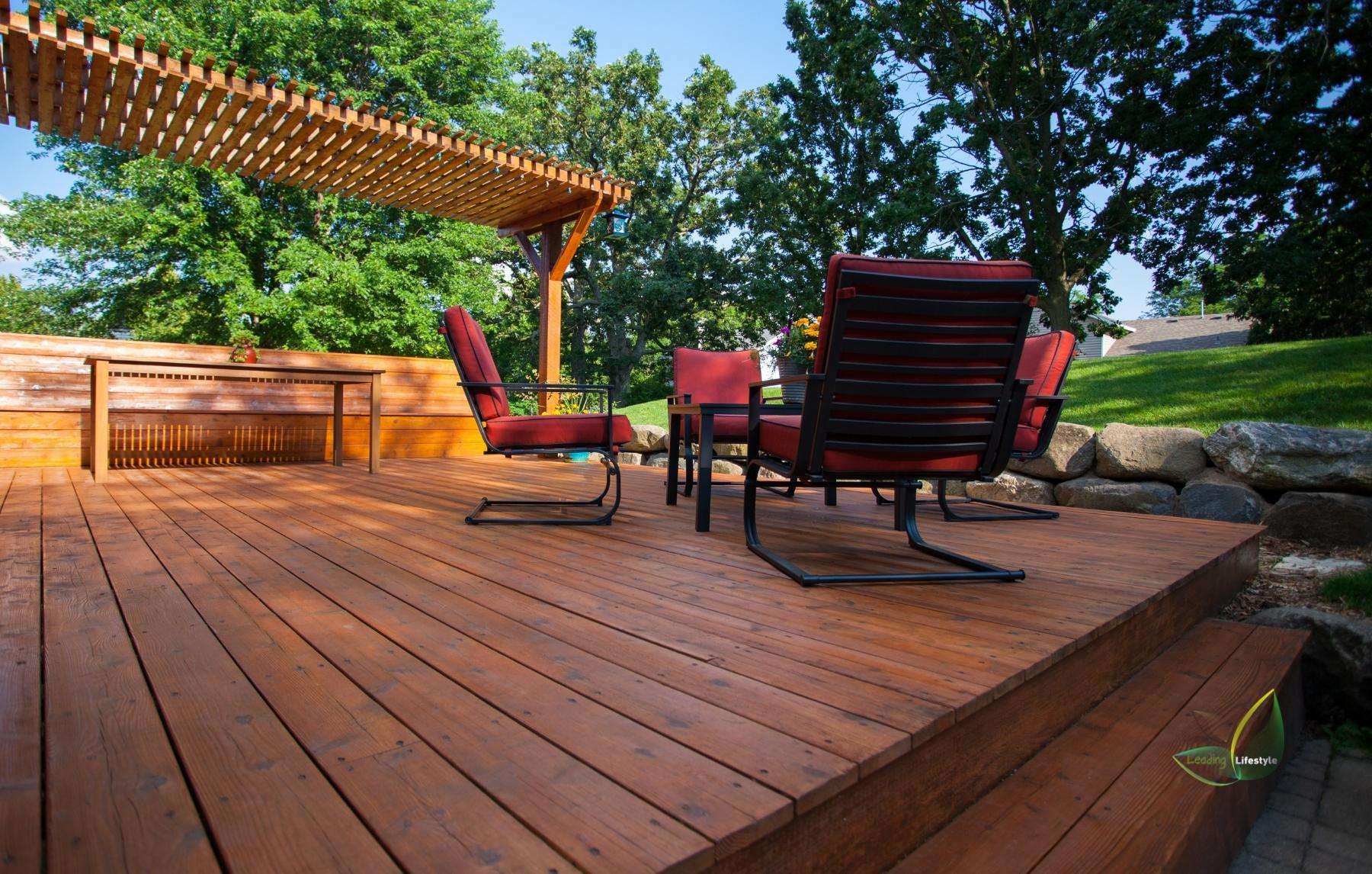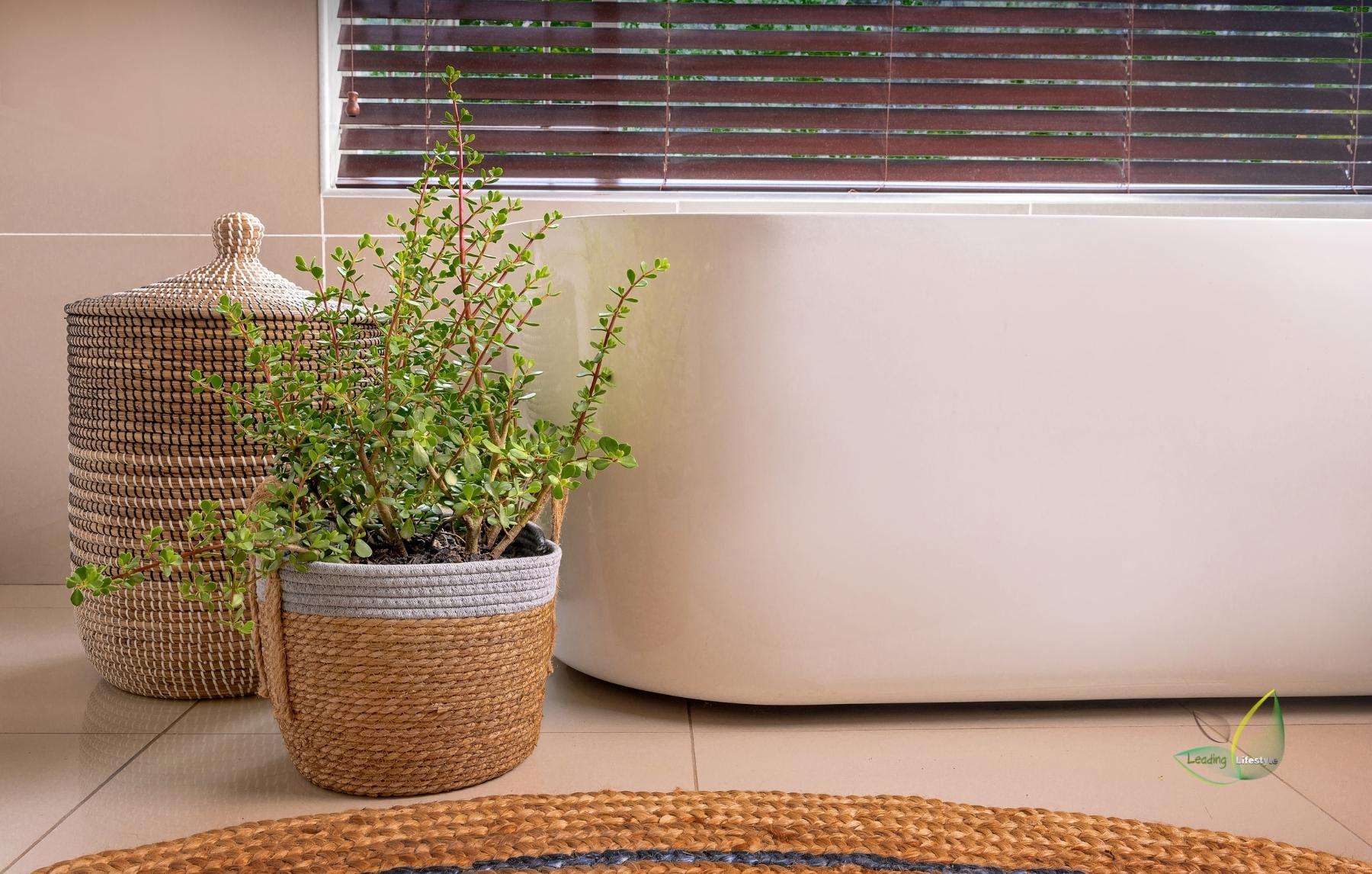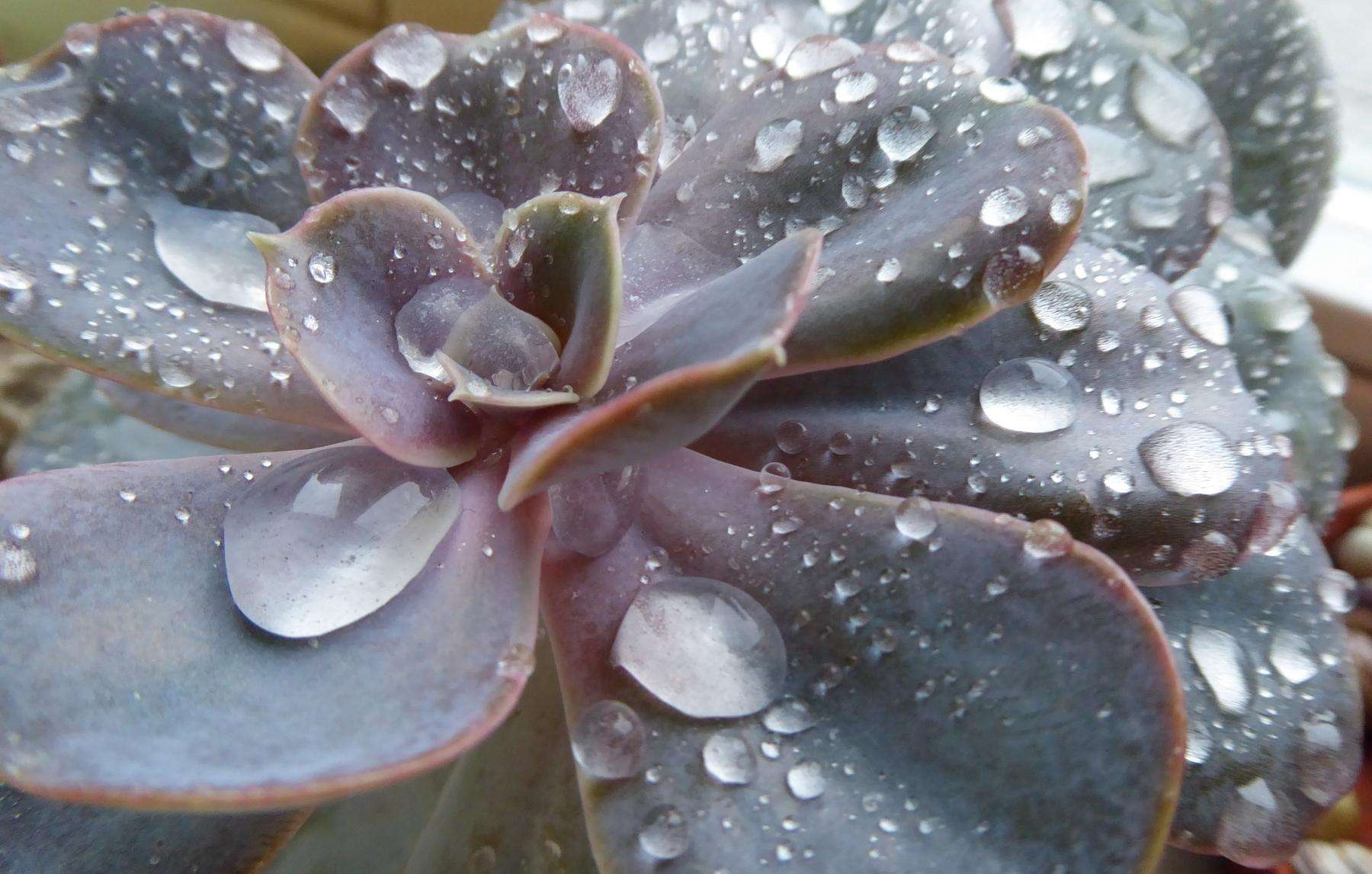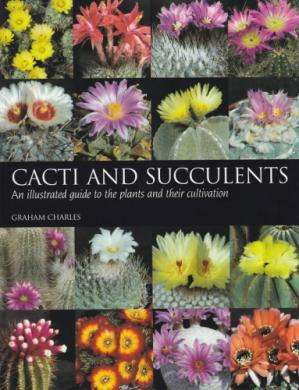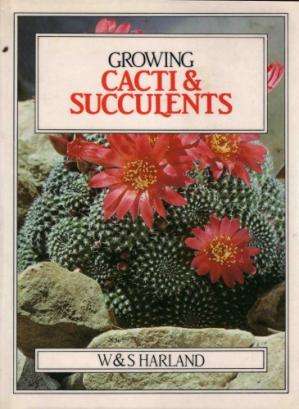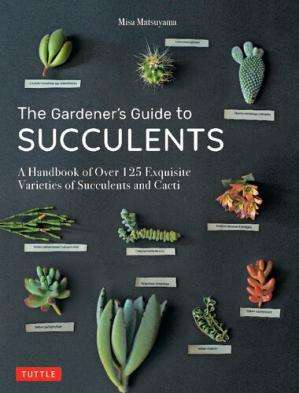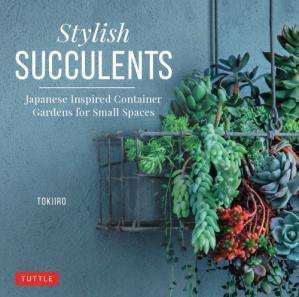Succulents are the thick, fleshy leaves that appear chubby with water filled in them. All modern gardeners adore them; if you intend to renovate your garden, these fascinating full sun succulents can be a good choice.
Furthermore, succulents have exciting shapes and vibrant colors that make your home appear more appealing and welcoming.
The best thing about succulents is that they require little maintenance and can quickly adapt to any situation. Succulents come in a variety of shapes and sizes, and today we’ll look at full-sun succulents.
Pachyphytum
These succulents grow slowly; their leaves are bean-shaped and form a rosette of very thick and fleshy green and orange-colored leaves. This succulent has white flowers that bloom in the spring. Pachyphytum tolerates and thrives in a wide range of conditions. This succulent requires more water during its growing season, which is the winter, but remember to let the soil dry before watering; it uses water that has already been stored in its plump leaves.
This low-maintenance full sun succulent can withstand full sunlight and even frost, but it should not be exposed to frost for an extended period.
Sedum Copperstone
Sedum Coppertone has a very fleshy, thick leaf that is goldish yellow in color and a brown stem; this plant grows to be 6-8 inches tall as they are not very tall growing plants. It has a lovely fragrance and a white clump of tiny star-shaped flowers. These succulents bloom from midsummer to mid-autumn and grow in the cold season but thrive in full sun.
They require very little water, so water them only when necessary and plant them in well-drained soil.
Euphorbia Tiruacalli (Fire Stick Or Pencil Tree Plant)
This plant is also known as the Firestick or Pencil Tree Plant. These plants are well-known for their scenic beauty; they resemble sea coral and have skinny pencil-like stems that spread vertically all over. This plant has a beautiful orange-red color in the winter that changes to a golden yellow in the summer. These plants’ leaves are tiny and delicate, and they fall off quickly.
Euphorbia Tiruacalli thrives when planted in well-drained soil and full sun; like any other plant, it is drought resistant and can tolerate any adversity and thrive.
Sempervivum
Sempervivum, also known as Hens and Chicks, are attractive small plants with rosette-like leaves with pointed tips; the leaves are thick, fleshy, and green in color. These succulents thrive in full sunlight and should be watered regularly during the hotter seasons and less frequently during the winter. These are not very tall plants; most are only 3-4 inches tall. The plants occasionally flower through flower stalks and have white, red, and blue flowers.
Aeoniums
Aeoniums, also known as tree houseleek, are tree-like plants with spoon-shaped leaves arranged in a rosette on their branches. The blooms
The panicle of this plant is yellow and has a star-like shape. These flower clusters appear on the leaves rosette, which dies after the flowers appear.
This low-maintenance plant is light-hungry, requiring full sunlight and well-drained soil to thrive. Because this is a drought-resistant plant, avoid overwatering.
Senecio Mandraliscae
Senecio mandraliscae, also known as blue chalk sticks, is a succulent that resembles sea corals. These plants have long, thin pencil-like leaves that spread vertically and reach lotus flower leaves. The leaves are a lovely grayish-blue color, and the flower blooms in the summer and is white.
For a healthy Senecio mandraliscae, use well-drained soil and water only when necessary. This plant can grow 1-2 feet tall; it is a drought-resistant plant, so it does not need to be watered frequently; water only during the growing season. Furthermore, keep it away from frosting because it will die if it is frosty for more than 2-3 days.
Aloe Vera
Aloe Vera is a great houseplant to add to your collection. This plant requires no care and thrives even in low light. This plant has sword-like tall green leaves that store a lot of water and can heal itself after being cut once completely dry. Because it has a lot of water in its leaves, it doesn’t need to be watered very often. Aloe Vera serves many functions, and it has recently been given medicinal value.
Echeveria Macdougallii
Echeveria macdougallii is a tall plant with a woody stem. As the rosette of pale green leaves with purple edges grows, the color intensifies in the winter. The leaves are very fleshy and thick, the plants grow to be 11-13 inches tall, and the flowers are yellow.
Water them as needed and don’t let the water settle in the rosettes; otherwise, pests will make a home for themselves. Furthermore, cutting the leaves to propagate is required, as is using moist soil while repotting; repotting is primarily needed during the summer season.
Agave
Agave or Agave Americana has fleshy leaves, just like any other succulent; its beautiful large leaves are best about this succulent. This plant’s leaves have tiny spines on the edges and are arranged in a rosette. Agave succulents have yellow or white bell-shaped flowers that grow from the center of the stem through the flower stalk.
Agave comes in a wide range of varieties, each with unique characteristics. This is one of the best full sun succulents, but it may require shade in a much hotter climate.
Sedum (Stonecrops)
Sedum or stonecrops are summer succulents; they thrive in hotter weather, which is why they prefer full sunlight and beautiful blooms with vibrant, colorful flowers; they have pretty pink and white flowers. Sedum succulents come in a wide range of colors and shapes, and their appearance varies from one to the next. Some sedums are tall, while others are short; the sedum leaves, like any other succulent, are thick and fleshy. When growing, these succulents should be planted in well-drained soil and watered frequently.
Opuntia (Prickly Pear Cactus)
The prickly pear cactus, also known as Opuntia, grows in full sunlight. These succulents have very sharp spikes that grow on the plants’ colorful fruit; they have no leaves; instead, they have green color pads (also known as nopales) on which the fruit grows. The fruit is a bright pink color, and the best part is that it is edible. So this plant is not only visually appealing, but its fruits are also edible.
Because it is high in fiber and antioxidants, Opuntia has a variety of health benefits. This plant’s fruit is popular in salads, juices, and a variety of other dishes.
Moroccan Mound
Morocoon mound is a succulent that thrives in full sunlight; these succulents are tubular with pointed spines at the edges. These succulents have tiny yellow flower clusters that are extremely difficult to see with the naked eye. They can reach a height of 1-2 feet and are very easy to grow; they are drought-resistant and withstand high temperatures.
Its fascinating stem deserves special attention; it lacks leaves and only has a four-sided long tubular stem. To propagate this plant, you must cut the stem and all latex removed.
Night Blooming Cereus
Night-blooming cereus refers to four different types of plants that bloom at night. These plants have a very short lifespan. Hylocereus undatus, Epiphyllum oxypetalum, Peniocereus greggii, Selenicereus grandiflorus, and desert cactus are among the four plants; they prefer warm weather and full sunlight.
When the temperature drops at night, the fragrant flowers of this plant bloom. These plants’ flowers are enormous and white, and they shine brilliantly at night. These plants require well-drained soil to thrive, and because they are low-maintenance plants, they need less water.
Ocotillo
Because ocotillo is the most well-known desert plant, it can withstand high temperatures and thrives in direct sunlight. These plants have tiny leaves that fall off quickly. These plants have long green stems with red flowers that can reach a height of 20-25 feet. It would be best to plant these plants in areas where there is plenty of room to spread. Ocotillos are a drought-resistant plant that does not require much watering.
Candelilla
Another succulent that thrives in direct sunlight is candelilla. Because this succulent is a desert plant, it thrives in hot weather. These plants have tiny leaves that are difficult to see all year. These succulents have a green stem with wax and small flowers that grow on the top of the stem and are red and white. The plant can grow up to 1-3 feet tall and is drought resistant.
Growing Succulents in Full Sunlight Tips
Growing these succulents in full sunlight is not tricky, but you can help them thrive with a few pointers.
You must consider three primary factors for succulents to thrive: water, soil, and sunlight.
- Water: Succulents don’t require much water because they store a lot of it in their leaves. However, if they are planted in full sunlight, you should water them more frequently because they absorb heat and dry out faster. So water them whenever you feel the soil is a little dry.
Soil: The second most important factor is soil; succulents require well-drained soil. Some succulents can tolerate poor soil, but most of them require well-drained soil and fertilizer during their growing season.
Sunlight: Another critical factor is sunlight; some plants can withstand excessive heat and even die in direct sunlight. To encourage them to thrive, rotate the pot in which they are planted regularly so that all parts receive equal heat and no single side is overheated.
Baseline
Growing succulents has become not only a popular pastime but also a status symbol. So, naturally, most people grow them to keep up with the trend, but many are turning to succulents for their numerous benefits that extend far beyond their beauty. If you want to learn more about the advantages of growing succulents, check out our article on hanging succulents.
Succulents come in a wide range of colors and shapes, depending on their appearance and the weather; some grow in low light, while others prefer full sunlight. We talked about succulents that grow in full sunlight and how to care for them to thrive.
We hope you will give them a try and share your results with us. Also, if you have any questions about succulents, please let us know.

